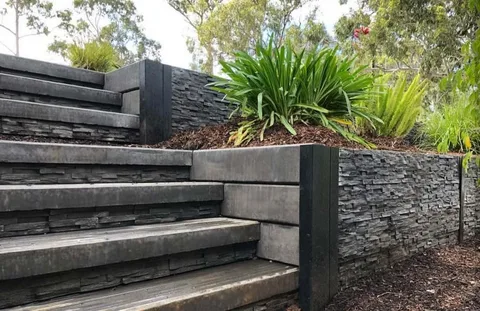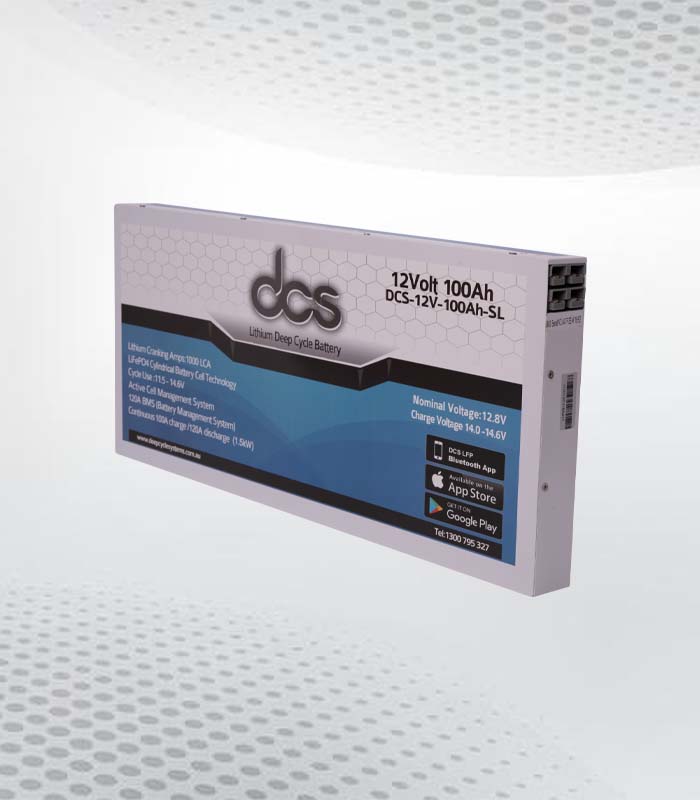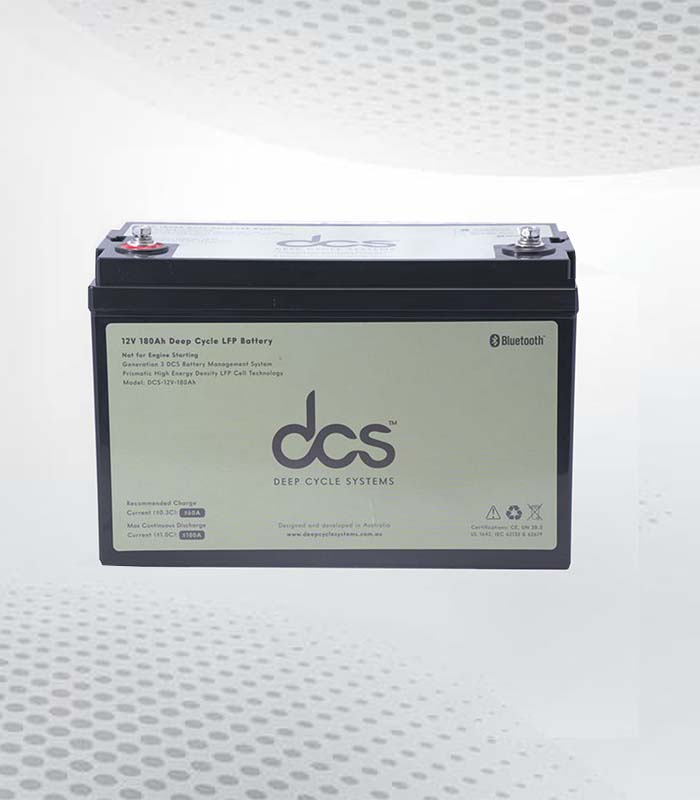When considering the installation of a retaining wall in Brisbane, understanding the costs involved is crucial. Retaining walls serve various purposes, from preventing soil erosion to enhancing the aesthetic appeal of your property. However, the retaining wall cost Brisbane can vary significantly based on several factors. This blog post will explore the elements influencing the cost, the types of materials available, and a guide on obtaining quotes and saving on your investment.
Factors That Influence Retaining Wall Cost
Several factors influence the cost of retaining walls, making it essential for homeowners to understand these elements when planning their projects. One of the primary factors is material selection. Retaining walls can be constructed from various materials, including concrete, natural stone, brick, timber, and more. Each material has a different price point, with natural stone typically being more expensive due to its aesthetic appeal and durability.
Design complexity is another significant factor. More intricate designs, such as curves or tiered walls, require additional labour and materials, increasing overall costs. The height and length of the wall also play crucial roles; taller and longer walls demand more resources and engineering considerations. Site conditions can impact costs as well. If the ground is uneven or rocky or requires extensive excavation or grading, the expenses can rise considerably.
Accessibility to the site is also a factor; difficult-to-reach areas may require specialized equipment or additional labour, increasing costs. Labour costs fluctuate based on the local market and the contractors’ experience. Hiring skilled professionals may raise initial costs but can lead to better quality and longevity of the wall. Permit and inspection fees should also be factored in, as many local regulations require these for retaining wall construction.
Understanding Different Types of Retaining Wall Materials
Understanding the different types of retaining wall materials is crucial for making informed choices that suit your project’s needs and aesthetic preferences. Concrete is one of the most popular materials, known for its strength and durability. It can be poured in place or used in pre-cast blocks, allowing for various designs and sizes. Concrete retaining walls are particularly effective for taller structures and withstand significant soil pressure.
Natural stone is another favoured option, offering a timeless and elegant look. This material provides excellent drainage and can blend seamlessly with the surrounding landscape. However, natural stone walls often require more labour for installation and can be costlier than concrete. Brick retaining walls combine durability with aesthetic appeal, making them versatile for residential applications.
They are available in various colours and patterns, allowing homeowners to customize their designs. Timber retaining walls, while more affordable, have a shorter lifespan than other materials. Treated wood can be used for a rustic look but may require regular maintenance to prevent decay. Gabion walls, made of wire mesh filled with stones, offer a unique and environmentally friendly option. They allow for excellent drainage and create a natural look in landscaping.
Tips To Obtain Accurate Retaining Wall Quotes Brisbane
Accurately retaining wall quotes Brisbane requires careful preparation and clear communication with contractors. Start by thoroughly researching various materials and designs that suit your landscape needs. Understanding the specifics of your project, including the wall’s height, length, and location, will help contractors provide more precise estimates.
When contacting multiple contractors, ensure you ask each of them the same questions to facilitate direct comparisons. Clearly outline your project requirements, including preferred materials, aesthetics, and any special features you desire. Consider the site conditions, such as soil type and drainage needs, as these factors can significantly impact installation costs. Detailed information about the site can help contractors assess potential challenges and offer more accurate quotes.
Don’t hesitate to ask for a breakdown of costs, including materials, labour, and any additional expenses like permits or site preparation. This transparency will help you understand the overall pricing structure. It’s also beneficial to check each contractor’s reputation through reviews and referrals, as this can affect the quality of work and long-term costs. Be cautious of unusually low quotes, which may indicate subpar materials or rushed workmanship.
The Long-Term Benefits of Investing In Quality Retaining Walls
Investing in quality retaining walls offers significant long-term benefits that can enhance your property’s functionality and aesthetics. One primary advantage is improved structural stability. Well-constructed retaining walls effectively manage soil erosion and prevent landslides, ensuring that your landscape remains intact over time.
This structural integrity protects your garden and safeguards your home and other structures from potential damage. High-quality retaining walls can boost property value. A well-designed fence can enhance the landscape, making your home more attractive to potential buyers. This investment in aesthetics contributes to curb appeal, which is crucial in the real estate market. Another benefit is reduced maintenance costs.
Quality materials and construction techniques ensure that your retaining wall will withstand the elements, requiring less frequent repairs or replacements than lower-quality alternatives. Moreover, retaining walls can create usable outdoor space, transforming sloped areas into flat gardens, patios, or play areas. This added functionality allows homeowners to maximize their outdoor living space, increasing enjoyment and usability.
Cost-Saving Strategies for Retaining Walls
Building a retaining wall can be a significant investment, but homeowners can employ several cost-saving strategies to minimize expenses without sacrificing quality. Here are some practical approaches:
Opt for Alternative Materials
Instead of traditional materials like natural stone, consider more budget-friendly options like recycled concrete blocks, treated timber, or brick. These materials can provide the same structural integrity and aesthetic appeal at a lower cost.
DIY Installation
If you have the skills and tools, consider installing the retaining wall yourself. This approach eliminates labour costs, allowing you to focus your budget on high-quality materials. However, ensure you thoroughly research installation techniques to avoid costly mistakes.
Plan for Seasonal Purchases
Many suppliers offer discounts during off-peak seasons, such as winter or early spring. Timing your purchase can lead to significant savings, as suppliers may be eager to move inventory during these quieter periods.
Compare Quotes
Always obtain multiple quotes from different contractors. This helps you find the best price and gives you leverage in negotiations. Check for hidden fees and ensure the quotes include all necessary materials and labour.
Invest in Quality Upfront
While it may seem counterintuitive, investing in high-quality materials and construction can save money in the long run. Durable retaining walls require less maintenance and are less likely to need repairs, ultimately lowering overall costs.
Navigating Council Regulations and Permits
Constructing a retaining wall in Brisbane requires familiarity with local council regulations and permit requirements. Specific height and location criteria may necessitate planning permission to ensure compliance with safety standards and environmental guidelines. Regulations are designed to prevent structural failures and protect property boundaries.
Ignoring these requirements can lead to costly fines or the need to dismantle non-compliant structures. Collaborate with your contractor to verify that all legal requirements are met, and consider consulting the local council for detailed guidance. Understanding these regulations from the outset can streamline your project and avoid potential legal complications.
Common Mistakes to Avoid When Building Retaining Walls
When building retaining walls, careful planning is crucial to avoid common pitfalls. One major mistake is neglecting soil analysis, which is vital to understanding the pressure the wall will face. To reinforce the wall adequately can avoid structural weaknesses, especially in taller constructions. Many overlook the importance of a solid foundation for the wall’s stability and longevity.
Incorrectly estimating material quantities can result in wasted resources or insufficient supplies, inflating costs. Skipping professional consultation or opting for inexperienced contractors may lead to poor workmanship and an increased likelihood of errors. Overlooking local regulations and permits can also cause legal headaches and potential fines. Proper attention to these aspects will help ensure a successful project.
Finding Cheap Retaining Walls Brisbane
Finding cheap retaining walls Brisbane doesn’t have to compromise quality or durability. Here are some strategies to help homeowners save costs while ensuring effective solutions.
- Research Local Suppliers: Start by researching local suppliers who offer a range of retaining wall materials. Comparing prices can reveal budget-friendly options, from concrete blocks to timber and recycled materials.
- Consider Material Alternatives: Opting for alternative materials can significantly reduce costs. For instance, recycled concrete or timber can be more affordable than natural stone. Assess your landscape’s requirements to choose the most cost-effective option without sacrificing quality.
- DIY Installation: Consider a DIY approach if you have the necessary skills and tools. This can save on labour costs, allowing you to allocate more of your budget toward quality materials. However, ensure you understand the installation process to avoid future issues.
- Get Multiple Quotes: Contact several contractors to obtain quotes for materials and installation. This allows for price comparison and can help you negotiate better deals based on competing offers.
- Plan for Seasonal Sales: Keeping an eye out for seasonal sales or promotions can lead to significant savings. Many suppliers offer discounts during off-peak seasons, making it a perfect time to purchase materials.
Conclusion
In conclusion, understanding the various factors influencing retaining wall expenses is essential for making informed investment decisions. Homeowners can better estimate their overall costs by considering aspects such as materials, design complexity, and site conditions. Additionally, seeking professional advice can help navigate potential challenges and ensure a successful installation. With careful planning and consideration, individuals can achieve a durable and aesthetically pleasing retaining wall that enhances their property value.
FAQs
What factors influence the cost of retaining walls in Brisbane?
Several factors affect the cost of retaining walls in Brisbane, including the type of materials used, wall height, and design complexity. Site accessibility, soil conditions, and the need for drainage solutions also significantly determine the overall cost.
How much can I expect to pay for the retaining wall cost Brisbane?
The retaining wall cost Brisbane can vary widely based on materials and labor. On average, homeowners may spend between $200 to $400 per linear meter for standard concrete or timber retaining walls. Specialty materials, such as natural stone, can increase this cost significantly.
Are there any additional expenses associated with retaining wall costs in Brisbane?
Additional expenses may arise, including permits, site preparation, and landscaping. Depending on the project’s scope, homeowners might also need to factor in costs for drainage solutions or excavation, which can further influence the retaining wall cost in Brisbane.
Can I reduce the retaining wall cost in Brisbane through DIY?
DIY installation can help reduce labour costs, but it’s essential to consider your skill level and the project’s complexity. Poorly installed retaining walls may lead to future issues, potentially increasing costs in the long run. Professional assistance is often recommended for optimal results.
Is it worth investing in a high-quality retaining wall?
Investing in a high-quality retaining wall is often worthwhile, as it ensures durability and effectiveness. A well-constructed fence can enhance property value and prevent future erosion or structural issues, making it a cost-effective choice in the long run.
| Related Business Listings |
| Contact Directory |
| Local Business Profiles |




